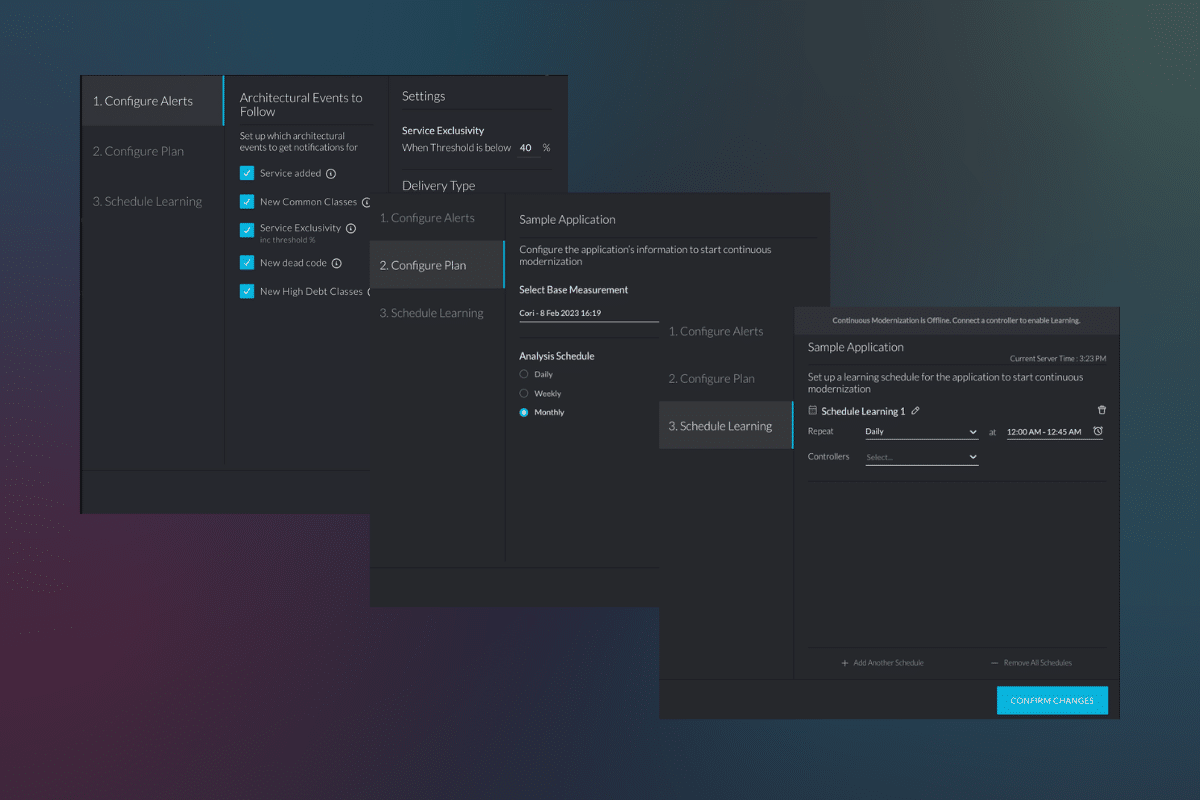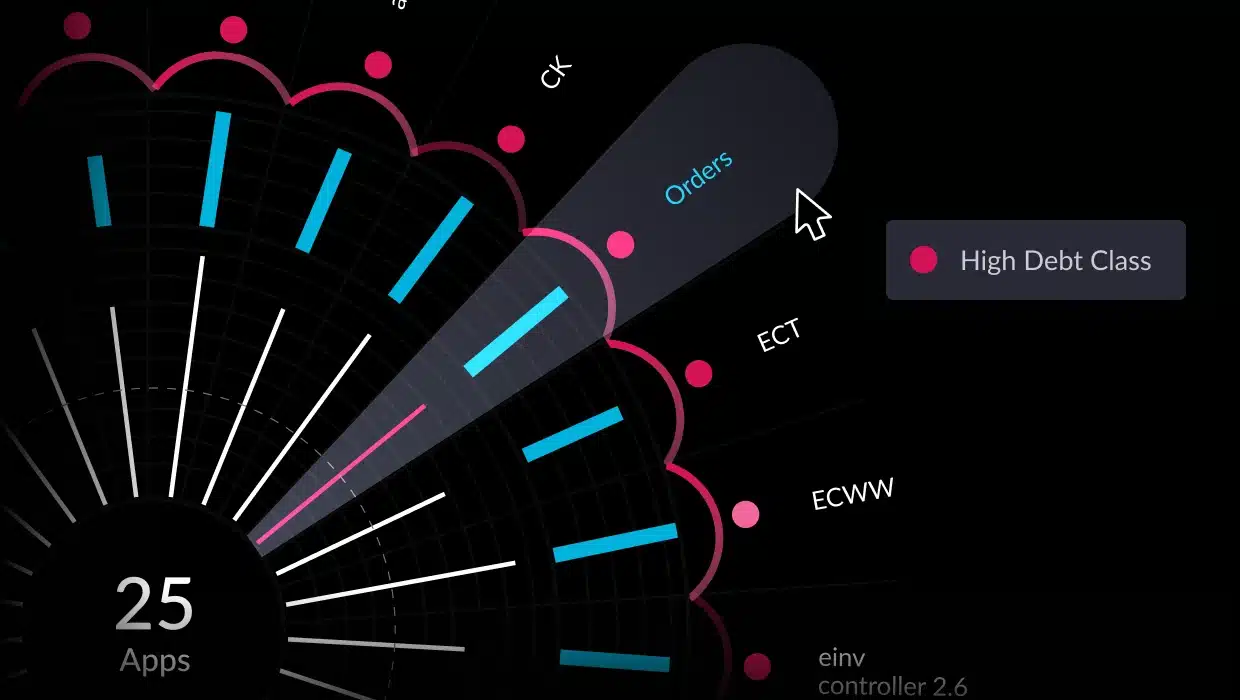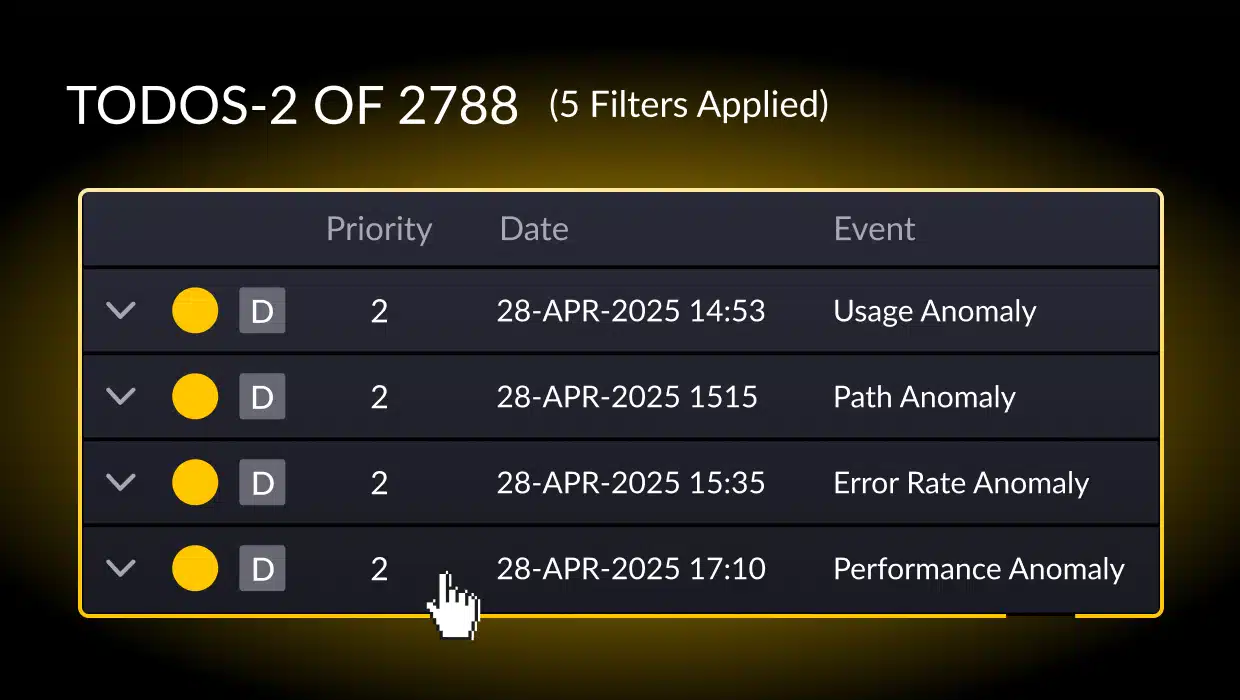We’re excited to share that vFunction has been named in the Gartner 2023 Measure and Monitor Technical Debt With 5 Types of Tools. According to Gartner, “Growing technical debt negatively impacts feature delivery, quality, and predictability of software applications. Software engineering leaders should introduce tools to proactively measure and monitor technical debt at both the code level and the architectural level.”
As stated by Gartner in their introduction:
“Technical debt often goes undetected early in product development, and software engineering teams often deprioritize technical-debt remediation to instead focus on quickly delivering new features.
Eventually, technical debt accumulates to a critical mass. At this point, the software becomes unstable, customers become dissatisfied and the product fails. This leads to large cost overruns and potentially fatal consequences for organizations.
Software engineering leaders want to mitigate these risks. They want to understand how to measure and monitor technical debt, and which types of tools their teams can use. Use this research to guide your choice of tools for measuring and monitoring your technical debt at both the component or code level, and the software architecture level.”
Gartner further describes:
“Static code analysis tools cannot provide high-abstraction-level visibility to identify technical debt in the architecture. The code-and-component-level technical debt is usually the easiest type of debt to measure and pay down. At the same time, the architectural-level debt has a much higher impact on overall product quality, feature delivery lead time and other metrics. Unfortunately, it also takes the most effort to fix.”
Recognized as an Architecture Technical Debt Analysis Tool, vFunction analyzes, baselines, continuously observes, and helps fix architectural technical debt and drift problems before they can result in high profile business outages or shutdowns.
Newly launched, vFunction Architectural Observability Platform is designed to give application architects the observability, visibility, and tooling they need to understand, track, and manage architectural technical debt as it develops and grows over time. This shifts architectural observability left into the ongoing software development lifecycle from an architectural perspective to manage, monitor, and fix application architecture anomalies on an iterative, continuous basis.
In the report, Gartner’s recommends:
“To help their organizations to successfully measure and monitor technical debt, software engineering leaders should:
- Avoid compromising code quality and application delivery by proactively measuring and monitoring technical debt at the code level.
- Prevent time-consuming architectural rework by introducing tools to analyze architectural technical debt and monitor the amount of debt in their software architecture.
View the full Feb 2023 report Measure and Monitor Technical Debt With 5 Types of Tools (for Gartner subscribers).
GARTNER is a registered trademark and service mark of Gartner, Inc. and/or its affiliates in the U.S. and internationally and is used herein with permission. All rights reserved.
Note: Gartner does not endorse any vendor, product or service depicted in its research publications, and does not advise technology users to select only those vendors with the highest ratings or other designation. Gartner research publications consist of the opinions of Gartner’s research organization and should not be construed as statements of fact. Gartner disclaims all warranties, expressed or implied, with respect to this research, including any warranties of merchantability or fitness for a particular purpose.






